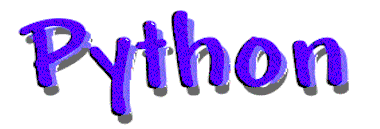History
Python is a very new language; in fact it was released by its designer, Guido Van Rossum,
in February 1991 while working for CWI also known as Stichting Mathematisch Centrum. Many of Python's
features originated from an interpreted language called ABC. Rossum wanted to correct some
of ABC's problems and keep some of its features. At the time he was working on the Amoeba
distributed operating system group and was looking for a scripting language with a syntax
like ABC but with the access to the Amoeba system calls, so he decided to create a language
that was generally extensible. Since he had some experience with using Modula-2+, he decided
to talk with the designers of Modula-3. Modula-3 is the origin of the syntax and semantics used
for exceptions, and some other Python features. In 1989, during the Christmas holidays, he
decided to give it a try and design a language which he later called Python.
Just in case you're wondering how the language got its name, well it's not from those dangerous
reptiles. Python actually got is name from a BBC comedy series from the seventies "Monty
Python's Flying Circus". The designer needed a name that was short, unique, and slightly
mysterious. Since he was a fan of the show he thought this name was great.


![[Prev]](../prev_btn.gif)
![[Home]](../home_btn.gif)
![[Next]](../next_btn.gif)